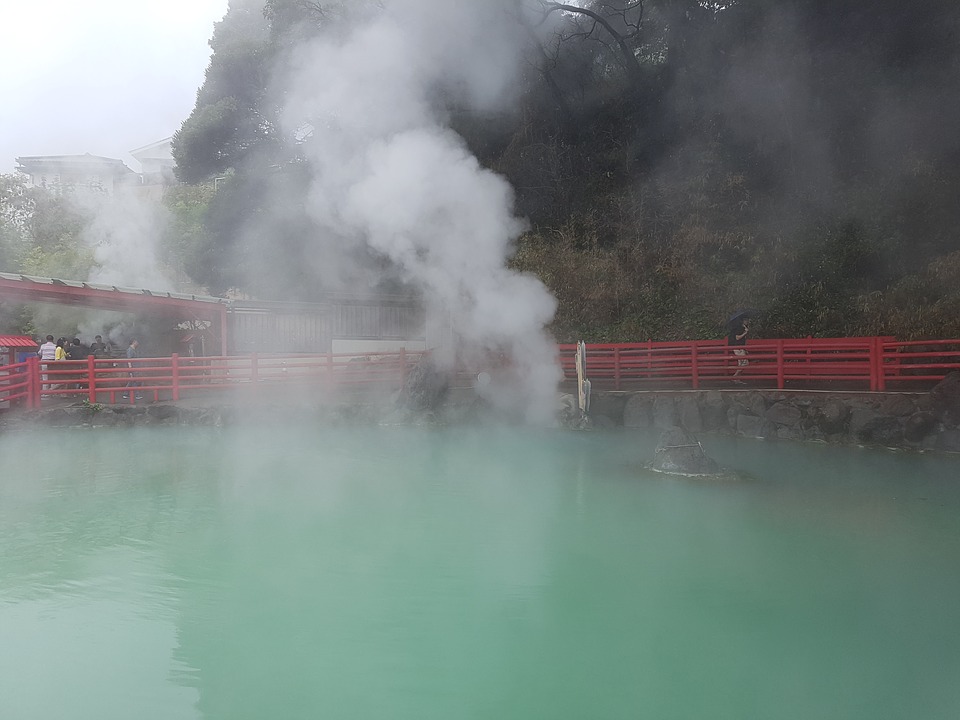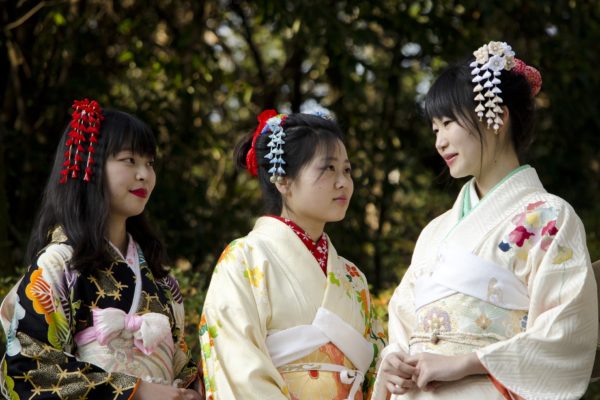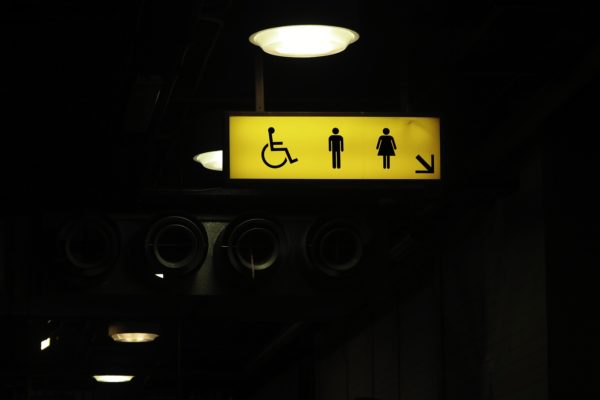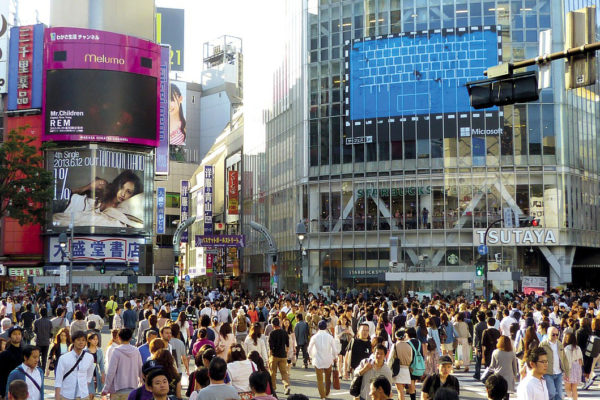A highly recommended activity to do when visiting Japan is going to an onsen or hot spring. Across the country, there are more than 3,000 hot spring towns that offer great quality and therapeutic natural hot spring waters.

Reasons to bathe in an onsen or hot spring
A place for relaxation after a long day
If you have not been to Japan before, be warned of how much walking you are going to do. While a lot of the tourist spots are easily accessible via public transportation, they are not all located right next to a train station or a bus stop. Many of them can be reached by walking 5 to 30 minutes more. Also, the major train stations in the big cities can be quite huge, and just getting from the entrance to the train platforms requires more walking than you have expected.
To take care of your sore feet, legs, ankles, knees, joints, and back at the end of the day, a soak in a hot spring is a must. The warm temperature of the waters and the minerals present in them provide a relaxing effect that nourish your body and relieve the pains and fatigue.
For improved circulation
While soaked in hot spring waters, your blood vessels are able to regulate more blood due to the water pressure. The veins in the different parts of your body, from your head to your lower extremities, become more active in the circulation process, thus improving your blood flow.
For smoother and better skin
Hot spring waters contain various minerals, such as sodium chloride, magnesium, and calcium, which help promote healthier skin. They are like moisturizers and facial care products that help get rid of wrinkles and acne, and slow down the effects of aging. Moreover, they are known to help treat a number of skin diseases, including heat rash, burns, abrasions, eczema, and dermatitis.
Dos and Don’ts in an onsen or hot spring
Bathing in a Japanese onsen or hot spring is a major part of Japan’s long history and culture. First-timers are advised to look up common onsen or hot spring etiquette in Japan to avoid coming across as ignorant, rude, and disrespectful. Here are some tips to keep in mind:
- Head to the changing room and remove all of your clothes — yes, including your underwear. Everyone is required to be naked in the baths. Place your clothes and other personal items in a basket or locker provided. Take your bath towel with you to the rinse area.
- At the rinse area, clean your whole body with tap water and soap. Depending on the facility, you may use the soap and shampoo provided or bring your own. Dry yourself with your bath towel.
- Proceed to the bathing area. Put your bath towel on your head or leave it somewhere dry before getting in. You should not wear it around your body while you bathe. You have to be naked the entire time as it is important to keep the water clean.
- Because hot spring water temperatures typically fall between 40 and 44 degrees, which are considered to be very hot, it is best to slowly get in there with your feet first. Do not jump or dive into the water. Be careful not to splash water on the people around you.
- Do not try to sneak in your camera phone or any photography devices. Photography is prohibited in hot spring or onsen facilities.
- Try to not move around the bathing area so much, so as not to disturb the other people who are trying to unwind in peace. Stay in one place and enjoy the relaxing effects of the warm onsen waters.
- After about an hour or so of soaking, slowly get out of the bathing area. Again, be mindful of the other people around you.
- Do not forget to take your bath towel with you to the rinse area. Wash your body once again with tap water and soap, and then dry using the provided towel. Put the soap, shampoo, and sitting stool back in place for the next users.
Tattoos
In case you did not know, tattoos have a negative connotation in Japan, as it is associated with the yakuza or organized crime. Many hot spring resorts in Japan do not allow people with tattoos for this reason. If you have tattoos and really want to have a memorable onsen experience on your trip, it is best to get in touch with the facilities themselves to know what their rules are regarding tattoos.
There are some hot springs that are open to tattooed guests, as long as the tattoos are small and can be easily covered up with a plaster. There are also hot spring resorts with private baths that let you rent a bath for just yourself or with your trip companions, and these are perfect for those with sleeves or full body tattoos.
Some of Japan’s best hot spring resorts
Looking for excellent hot springs to check out on your next trip to Japan? Here is a list of some of the top rated onsen or hot spring towns in the country:
- Beppu Onsen – Home to hundreds of hot springs, located in Oita Prefecture
- Kusatsu Onsen – A scenic hot spring town abundant with natural onsen waters, located in Gunma Prefecture
- Hakone Onsen – A popular day trip from Tokyo, known not only for top notch hot spring waters but also for beautiful views of Mount Fuji
- Noboribetsu Onsen – The most popular hot spring town in Hokkaido, with stunning views of the mountains and valleys
- Arima Onsen – Easily accessible from Osaka or Kyoto, and has a good selection of public and private bathhouses
- Dogo Onsen – An old hot spring resort in Ehime Prefecture with a 3,000-long history, and a favourite of the Japanese Imperial Family
- Kinugawa Onsen – Situated close to the historical Tokugawa-related sites in Nikko, and offers various opportunities to be close to nature
- Kinosaki Onsen – One of Kansai region’s most popular hot spring towns, best known for its seven sotoyu, or public bath houses



